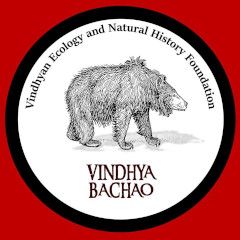Mr. Firoz Ahmad, Dr. Laxmi Goparaju of VENHF have authored a research paper titled 'Multicriteria Evaluation of Transport Plan for High-Speed Rail: An Application to Beijing-Xiongan' in the international journal 'Mathematical Problems in Engineering'. The article can be accessed on the journal's website here. An excerpt from the abstract and the full paper is also reproduced below:
Beijing has an enormous transportation challenge: to relieve the extreme congestion that has arisen, largely due to overpopulation. To meet this challenge, the city administration has decided to extend its territory; a new city will be planned and built. This new city, Xiongan, will reduce the burden on the capital. A new high-speed railway (HSR) line is designed to transport millions of people every day within less than an hour. This study applies the potential of Geographical Information Systems (GIS) and multicriteria methods, Analytic Hierarchy Process (AHP) and Preference Ranking Organization Method for Enrichment Evaluations (PROMETHEE II), to determine the best alternative of transportation for the new high-speed railway line between Beijing and Xiongan, comparing different ones. The methodology consists of two stages. In the first stage remote sensing datasets such as ASTER DEM and LANDSAT images and GIS software such as ERDAS IMAGINE and ArcGIS have been used to determine settlement distribution, station location, elevation model, slope percentage, vegetation percentage, and route alignment for a new high-speed railway line for better understanding of its spatial distribution pattern over the study area. The second phase of the study focusing on assessing the various alternatives of transportation has been determined, and three approaches to choosing the best alternative have been introduced. In the paper we examine criteria associated with travel and economic criteria: travel time, the number of train stops, public satisfaction with transport, the number of seats per day, connectivity, operating costs, profit, and the payback period. Six alternatives of transportation have been studied. The stops in Guan and stations in the metro’s rings have been investigated. In the second stage, the Analytic Hierarchy Process (AHP) and PROMETHEE II methods have been used to select the best alternative. The first approach uses only criteria related to the trip, as the criterion to choose the best alternative is the maximum of the net outranking flows by PROMETHEE II method; the second approach applies two independent criteria: the ratio of normalized operating costs and the normalized net outranking flows, and the ratio of the normalized payback period and the normalized net outranking flows; the third approach includes all defined criteria, and the criterion of choosing the best alternative is the maximum of net outranking flows as calculated by the PROMETHEE II method. The approaches have been analyzed with the purpose of comparing the results. The result indicates that it is expedient to have a station in Guan, which will increase the connection and connectivity among the cities while providing fast mobility options for a large number of inhabitants of Guan city. Furthermore, the result from Remote Sensing and GIS analysis demonstrates that the proposed high-speed railway line will be environmentally sustainable and is economically/socially feasible and that it will certainly attract current and future passengers because of their needs.

